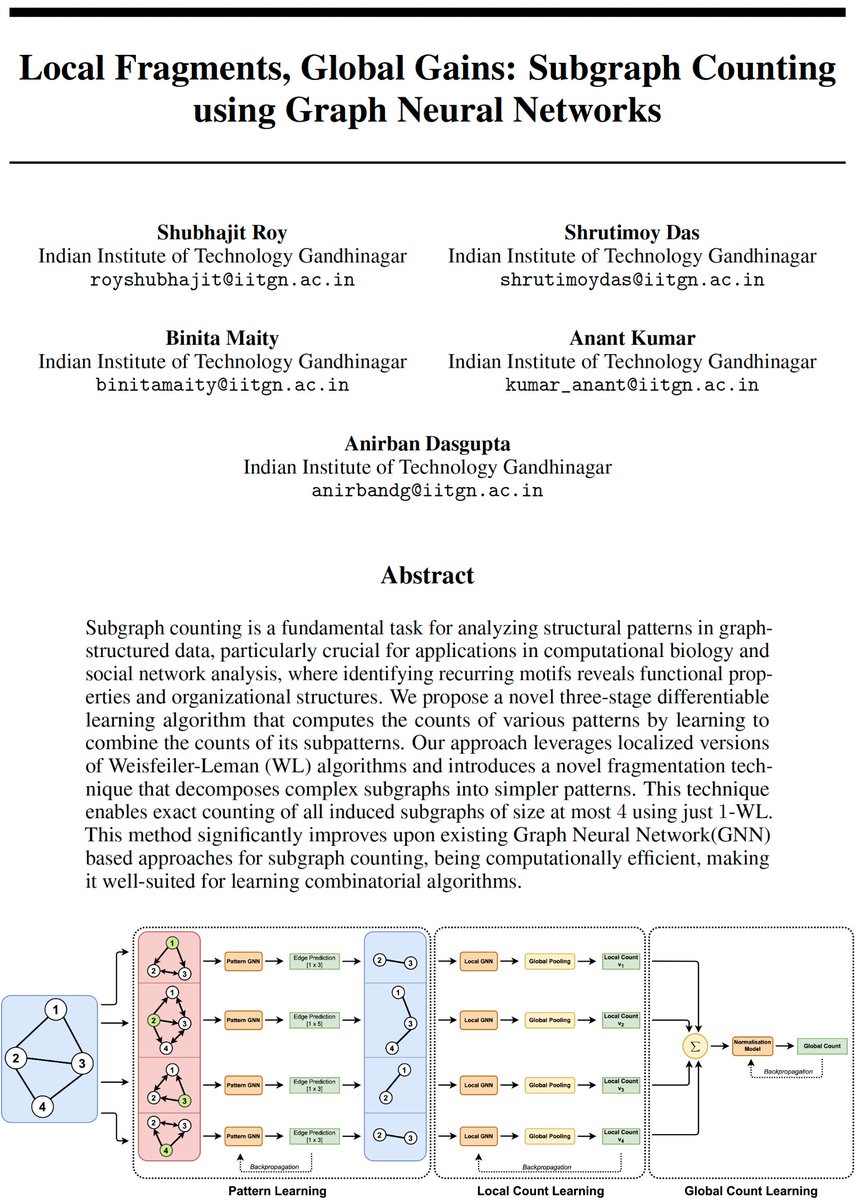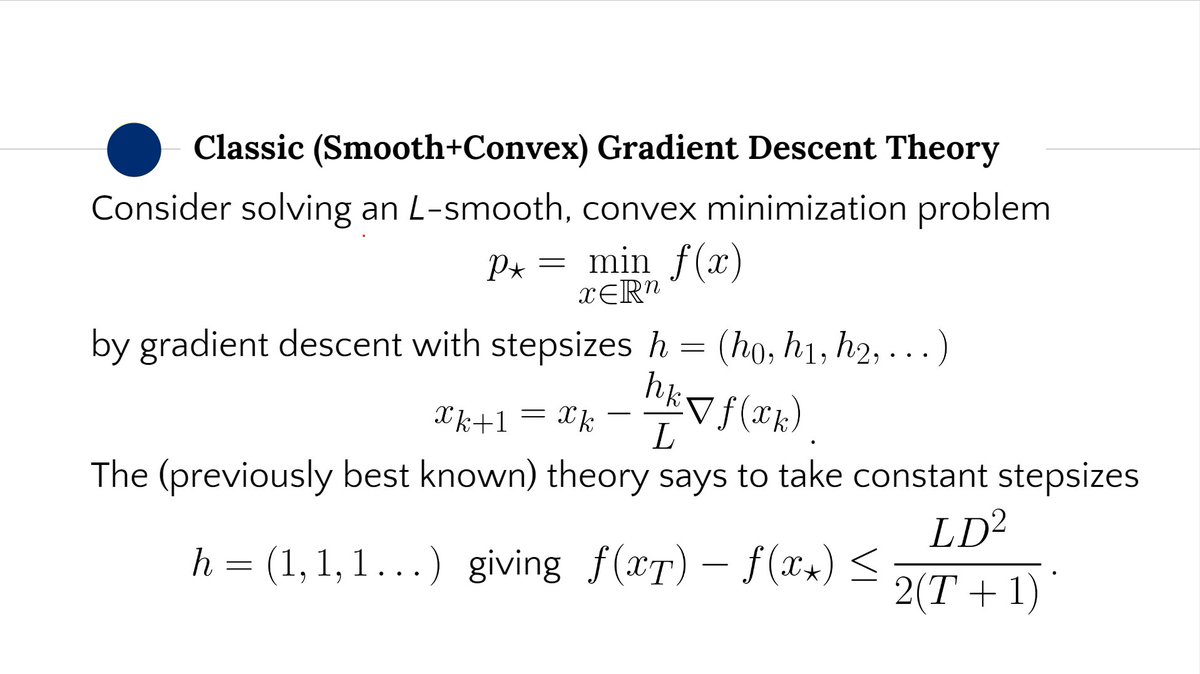
Shrutimoy Das
@shrutimoy
PhD Student at IIT Gandhinagar
ID: 1405624883254493186
17-06-2021 20:34:36
40 Tweet
79 Followers
335 Following



An amazing 🤩 panel on Generative Models: Past, present and future; with Partha Talukdar, Prateek Jain, Yonatan Belinkov ✈️ COLM2025, Bhuvana Ramabhadran, and Sneha Mondal! ✨ #ResearchWeekWithGoogle 2023! #GoogleResearchIndia




Scientific discovery in the Age of AI 🧪🤖🧑🔬✨ ...now published in nature! It's been fantastic writing this survey-spinoff of the AI for Science workshops with these amazing coauthors! Thanks Marinka Zitnik for always keeping our spirits high! 😊 nature.com/articles/s4158…















🚀 Excited to share our paper got accepted at DiffCoAlg@NeurIPS 2025 Differentiable Learning of Comb. Algorithms !🎉 🙏 Thanks to Shrutimoy Das, Binita Maity, Anant Kumar, Anirban Dasgupta & CSE@IITGN . #NeurIPS2025 #GNN #GraphLearning #AIResearch






![Ben Grimmer (@prof_grimmer) on Twitter photo The new strangest results of my career (with Kevin Shu and Alex Wang).
Gradient descent can accelerate (in big-O!) by just periodically taking longer steps.
No momentum needed to beat O(1/T) in smooth convex opt!
Paper: arxiv.org/abs/2309.09961 [1/3] The new strangest results of my career (with Kevin Shu and Alex Wang).
Gradient descent can accelerate (in big-O!) by just periodically taking longer steps.
No momentum needed to beat O(1/T) in smooth convex opt!
Paper: arxiv.org/abs/2309.09961 [1/3]](https://pbs.twimg.com/media/F6Y-yrxaEAA15vr.jpg)

